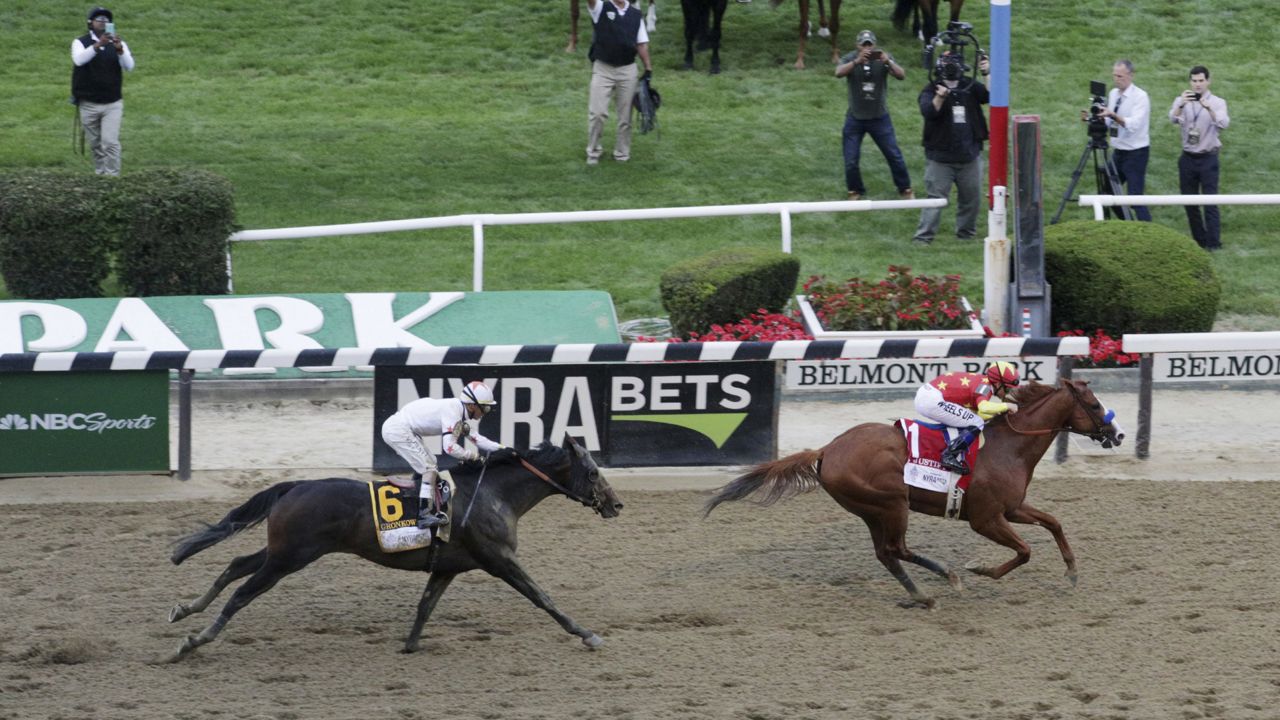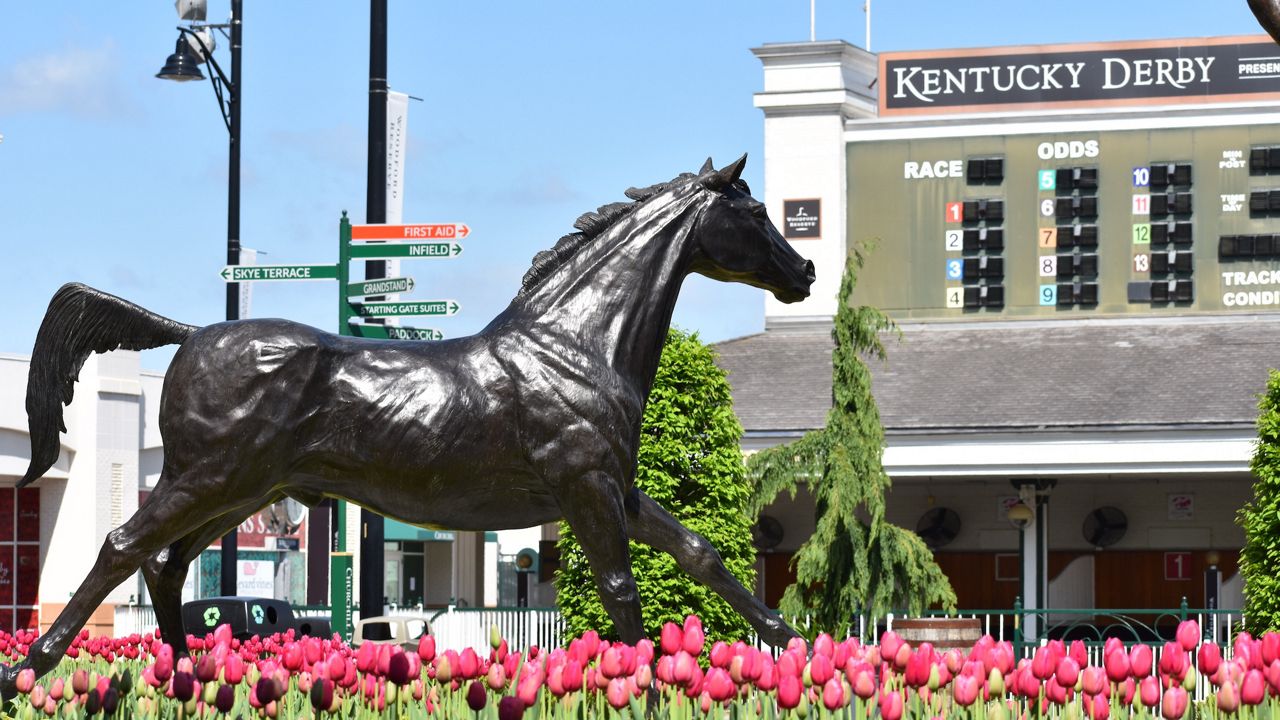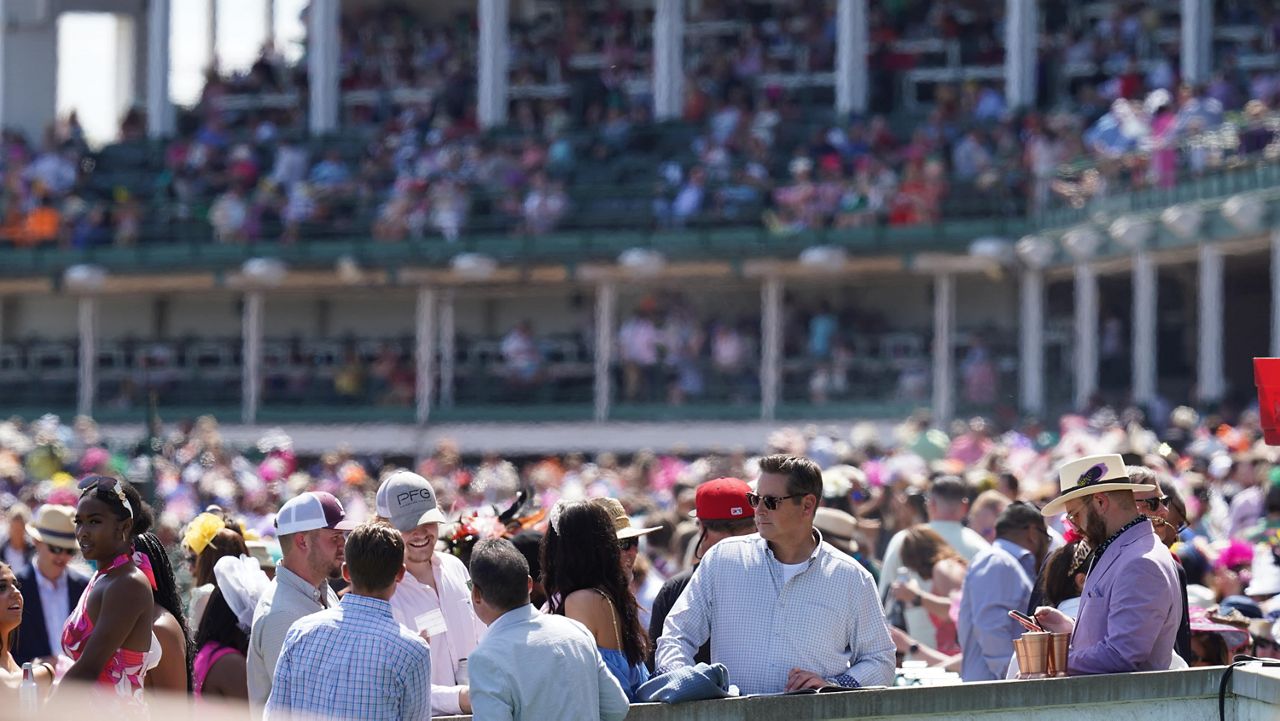LOUISVILLE, Ky. — In 2017, when Churchill Downs announced the creation of the European Road to the Derby, it was with the explicit goal of increasing international interest in the run for the roses.
It hasn’t gone so well, thus far. The 148th Kentucky Derby, which will take place at Churchill Downs on May 7, is the fifth in which a horse could qualify through the series of races run in England, Ireland, and France. But the “road” has yet to place a horse in the Derby and European interest in the first Saturday in May remains slim.
“I wouldn’t say the European Road to the Kentucky Derby has been picked up on, so far,” said Emma Berry, European Editor for the Thoroughbred Daily News. The pandemic didn’t help matters, but she said, “I’m not sure, even without that, how much take up there would have been.”
As far as the general public’s enthusiasm for the Derby, “there is no interest whatsoever,” Berry said. “It’s hard enough to get people interested in our own Derby here.”
That’s not true for Berry herself, who braves the five-hour time difference every year to watch the fastest two minutes in sports.
“It’s one of the nights, along with the Breeders Cup, that if I’m not there, I stay up and watch it,” she said. “Among the racing fraternity, there will be huge interest because it’s such an important race.”
The European Road was designed to expand that interest by placing a homegrown horse into the Derby, but Berry said there are many challenges to making that happen. Chief among them, she said, is “we have no dirt racing in Europe at all.”
Instead, horses run either on turf or a synthetic, all-weather surface. “It has a different rhythm to it,” Berry said. The stats back that up. According to Horse Racing Nation, there have been 72 Derby horses whose previous race was on turf or synthetic surface. Only two have won.
The European Road nearly placed a horse in the Derby in its first year of existence. But shortly before the inaugural qualifier, Gronkowski, would have run in the 144th Kentucky Derby in 2018, he developed a fever that prevented him from making the 21 hour trip from England. It also prevented part-owner and namesake, Rob Gronkowski, from having a stake in the Derby race. Gronkowski, the horse, would finish second at the Belmont Stakes.

Apart from the surfaces and logistical challenges presented by the travel, Berry said the pace of racing in Europe differs from the U.S., resulting in “much more seasoned three-year-olds” in America this time of year.
The timing of the Derby is another challenge to getting European horses in the field. This weekend marks Guineas week at Newmarket, the hub of British horse racing. In some years, it’s run on the same weekend as the Derby. “A lot of the focus of European stables with horses good enough for those sorts of races would be focused on the classics here,” Berry said.
That was the case this year with Luxembourg, one of the top contenders to take the road from Europe to Churchill Downs. But despite winning two of the six European Road races, the horse’s trainer said he was always meant to run in Newmarket, not Louisville.
After another contender, Blue Trail, won one of the European Road races, his trainer said, “he’s not ready” for the Kentucky Derby. “He’s for a turf campaign back home,” trainer Charlie Appleby said, according to Blood Horse.
None of that is to suggest that a horse can’t make its way to Churchill Downs by traveling the European Road, Berry said, but it’s going to take a lot of effort.
“European trainers aiming for the Kentucky Derby would have to really change their prep style to be competitive,” she said. “That would have to be your game plan.”









